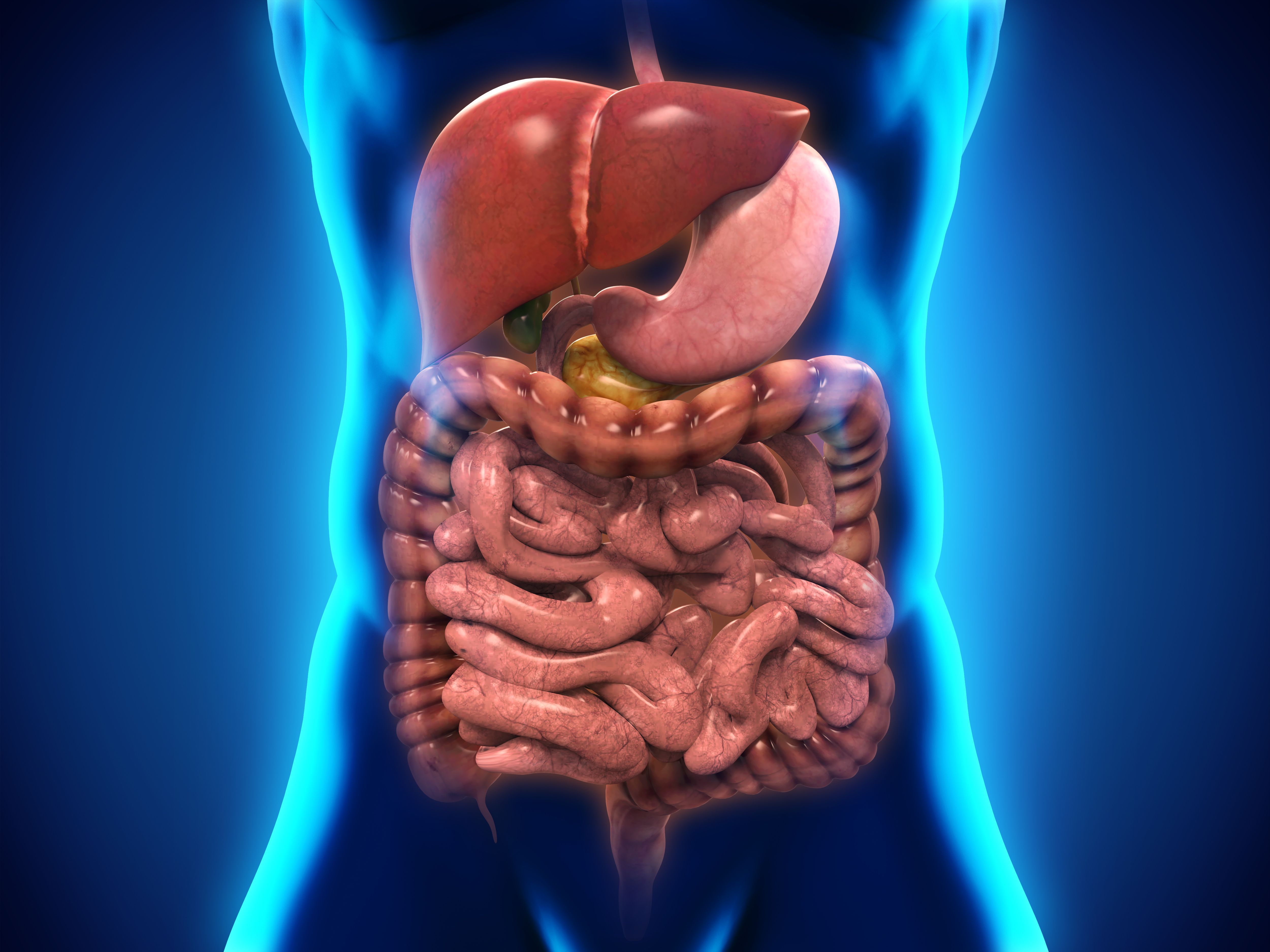Omission of 5-FU From Combo Therapy May Improve Results in Advanced GI Cancers
The use of 5-fluorouracil decreased toxicity and possible savings in first-line advanced gastrointestinal cancers.
The use of 5-fluorouracil decreased toxicity and possible savings in first-line advanced gastrointestinal cancers.

Recent data from a large multicenter cohort study of 11,745 patients suggest that the omission of 5-fluorouracil (5-FU) from first-line multidrug regimens may lead to reduced treatment toxicity without compromising efficacy in patients with advanced gastrointestinal cancers, according to a study published in the Journal of the National Comprehensive Cancer Network.
Of note, there was no difference detected in overall survival (OS) when the 5-FU bolus component was omitted from regimens (HR, 0.99; 95% CI, 0.91–1.07; P = .74), according to the inverse probability treatment weighting analysis (IPTW). Among subgroups categorized by age, sex, EGOC performance status, cancer type, medication regimen, and practice setting, there was no significant difference in OS.
The analysis was further stratified by year of treatment, and data from the study did not show a difference in OS (HR, 0.98; 95% CI, 0.91–1.06; P = .62). Investigators saw no difference in OS based on regimen used—FOLFOX ((leucovorin, fluorouracil, and oxaliplatin) vs FOLFIRI (leucovorin, fluorouracil, and irinotecan) vs FOLFIRINOX (leucovorin, fluorouracil, irinotecan, and oxaliplatin) (HR, 0.97; 95% CI, 0.90–1.05; P = .51)—or cancer type (HR, 0.98; 95% CI, 0.91–1.06; P = .62). Adjusted doses for oxaliplatin and irinotecan also yielded no difference (HR, 0.98; 95% CI, 0.86–1.11; P = .78), along with the use of adjunctive monoclonal antibodies and immunotherapies (HR, 1.00; 95% CI, 0.93–1.09; P = .83).
“Historically, the benefit of including the 5-FU bolus component has not been studied as a primary end point in clinical trials, but several studies suggest that the bolus may not be needed,” Chengwei Peng, MD, a medical oncologist from Northwestern Medicine, and colleagues wrote in the article. “The phase 3 OPTIMOX1 trial in colorectal cancer comparing FOLFOX4 (using both bolus and infusional 5-FU) vs FOLFOX7 (infusional 5-FU only) suggests that there is no additional benefit to bolus 5-FU, although this was not the primary endpoint. Retrospective studies in pancreatic cancer comparing FOLFIRINOX vs modified FOLFIRINOX (which does not contain 5-FU bolus) have also not demonstrated survival differences. In our study, we observed no differences in survival, regardless of the specific 5-FU MDR used or the cancer subtype.”
The median patient age in the study was 63 years old, 59.6% were male, 64.2% were White, and 90.3% had an ECOG performance status of 0 or 1. The most common cancer subtype was colorectal cancer (73.7%), followed by pancreatic cancer (13.7%), and gastroesophageal cancer (12.6%).
Of the patients who received 5-FU, 68.1% received FOLFOX, 18.2% received FOLFIRI, and 13.7% received FOLFIRINOX. Most patients—86.3%—received the standard-dose 5-FU bolus on the initial day of treatment. The bolus was administered to 61.6% of patients who received FOLFIRINOX, 89.2% of patients who received FOLFIRI, and 90.4% of patients who received FOLFOX. Patients who received the 5-FU bolus tended to be younger and healthier, accompanied by lower EGOC performance status scores and Charlson comorbidity scores. These patients also tended to receive higher starting doses of oxaliplatin and irinotecan.
Before the PTW analysis, the median OS was 14.0 months (95% CI, 6.5-31.8) in those who did not receive a 5-FU bolus and 20.3 months (95% CI, 9.2-42.2) for those who did (P < .01). The median OS after the IPTW analysis found the median OS was 18.6 months (95% CI, 8.5-40.5) vs 19.4 (95% CI, 8.4-40.7) in each group, respectively.
In terms of the safety profile, it was shown in the unadjusted analysis that patients who received 5-FU bolus were more likely to experience neutropenia within 14 days of treatment (22.3% vs 14.6%; P < .01), including more grade 3/4 neutropenia (8.2% vs 6.0%; P < .01). Following IPTW analysis, patients who received the 5-FU bolus became more likely to experience thrombocytopenia within 14 days after treatment (16.1% vs 11.2%; P < .01). It was also found that patients who received the 5-FU bolus required granulocyte colony-stimulating factor (G-CSF) at significantly higher rates within 30 days following treatment.
Reference
Peng C, Saffo S, Oberstein PE, et al. Omission of 5-fluorouracil bolus from multidrug regimens for advanced gastrointestinal cancers: a multicenter cohort study. J Natl Compr Canc Netw. 2024;22(00):1–7. doi:10.6004/jnccn.2024.7029
Newsletter
Stay up to date on recent advances in the multidisciplinary approach to cancer.